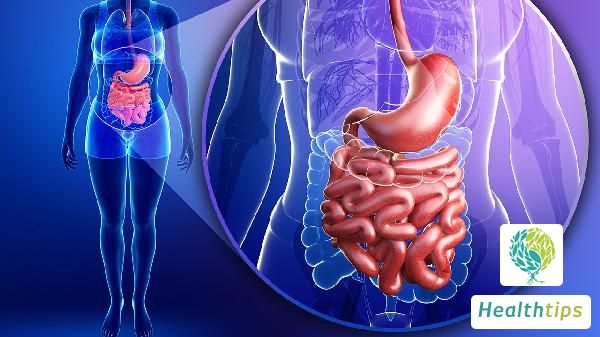How is anesthesia administered for circumcision?
The issue of excessive foreskin length is common among many men. This condition should not be overlooked as it can not only lead to male reproductive diseases but also affect the quality of sexual life. Therefore, the best approach is to surgically remove the excess foreskin. Due to the unique location of the foreskin, many men are concerned about the method of anesthesia, as local anesthesia is required. Let's explore the anesthesia methods used in circumcision surgeries.

The anesthesia methods for circumcision surgeries mainly include the following:
a. Neural blockade anesthesia at the base of the penis is the most commonly used method. Lidocaine injection is typically administered in a circular pattern around the base of the penis to block the dorsal nerve of the penis and subcutaneous nerves.
b. Intraspinal anesthesia is suitable for adults and involves anesthetizing the lumbar spinal canal, performed by a specialized anesthetist.
c. General anesthesia, including intravenous administration of anesthetic drugs and tracheal intubation, is primarily used for children and special populations and is also administered by an anesthetist.
d. For circumcision surgeries with shorter operation times, lidocaine spray can be used to spray around the penis foreskin to achieve topical anesthesia, which is also a commonly used anesthesia method.
Rest is crucial: After circumcision, it is essential to rest for at least 2-3 days. Rest is vital for postoperative recovery, and men should avoid pushing themselves too hard due to work or other reasons.
Apply cold compresses for swelling: Swelling is common after circumcision. Mild swelling is normal, but if it is severe or accompanied by bruising, applying a cold compress can help alleviate the symptoms. If the condition persists or worsens, it is recommended to seek medical advice.
Take pain medication as needed: Doctors typically prescribe pain medication after circumcision. It is important to follow the doctor's instructions and take the medication on schedule. If the pain persists, consult with a doctor, but do not increase the dosage without medical advice.
Prevent infection: Antibiotics should be appropriately used after circumcision to prevent infection. Postoperative wound infections can be problematic and may affect the surgical outcome if severe.
Minimize wound irritation: After circumcision, it is important to minimize irritation to the wound area to facilitate faster recovery. This includes limiting movement and wearing loose-fitting pants to avoid discomfort and pain.
Keep the wound dry: The wound area needs to be dressed after circumcision, and it is essential to keep it clean and dry. Extra caution should be taken during urination to avoid wetting the wound. If the wound becomes wet, it is important to seek medical attention promptly for dressing changes.



















